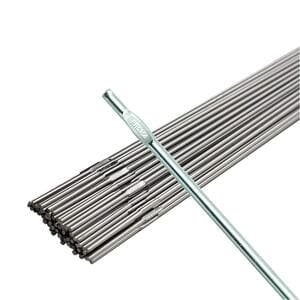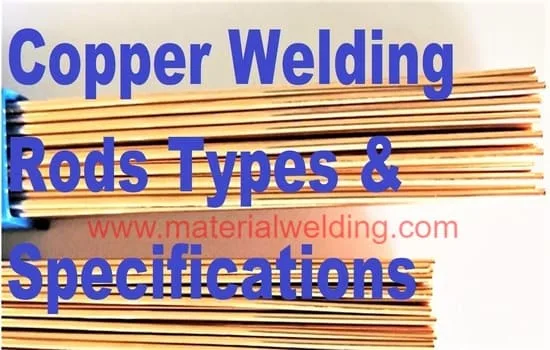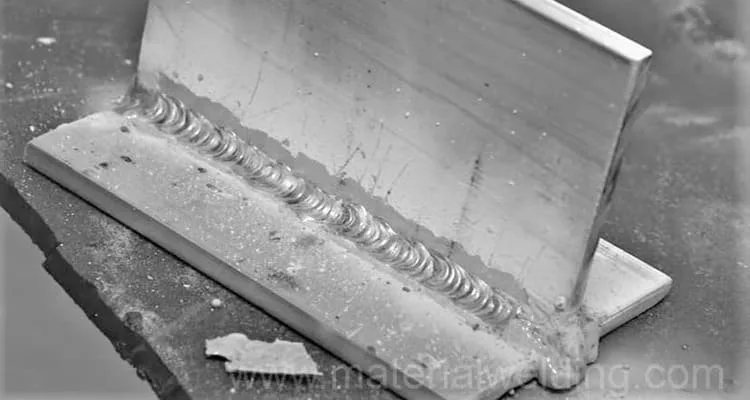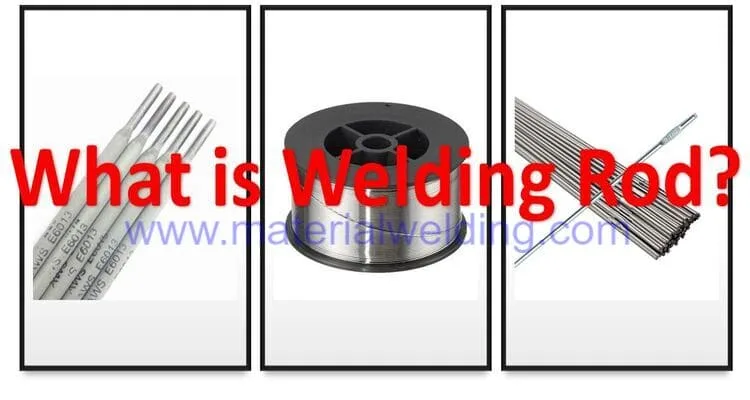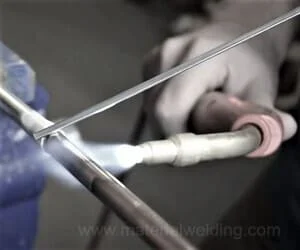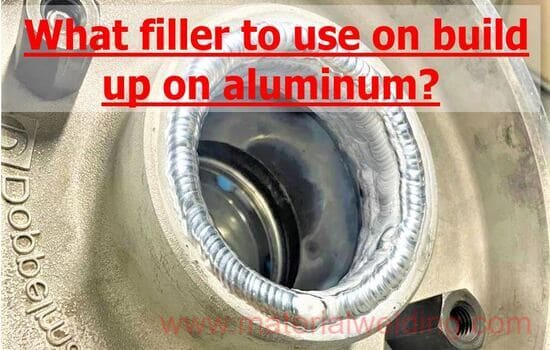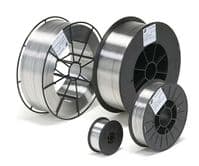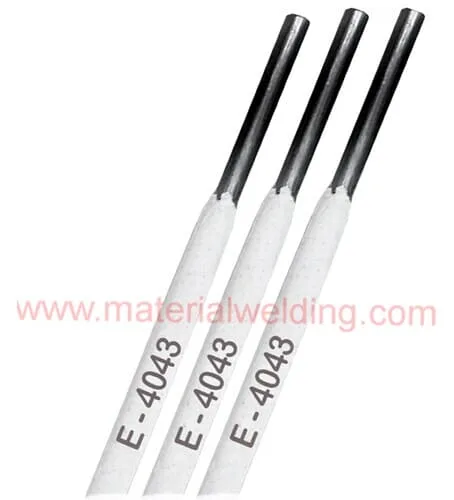Aluminum Stick Welding Rods
Aluminum stick welding rods, also known as aluminum electrodes or filler rods, are specifically designed for welding aluminum using the shielded metal arc welding (SMAW) process. These rods are made of a core wire that is typically composed of aluminum or an aluminum alloy, surrounded by a flux coating.
The AWS A5.3 standard outlines the specifications and guidelines for classifying aluminum and aluminum-alloy electrodes used in Stick welding or also called shielded metal arc welding (SMAW).
Aluminum Stick Welding Rods Classification
The classification of aluminum stick welding rods refers to the categorization system used to identify and differentiate various types of aluminum electrodes based on their specific properties and intended applications.
The following are the main types of Aluminum stick welding rods:
- E1100
- E3003
- E4043
E1100 Aluminum Stick Welding Rod
Welding Electrodes falling under the E1100 classification are capable of generating weld metal characterized by excellent ductility, favorable electrical conductivity, and a minimum tensile strength of 12,000 psi (80 MPa). These E1100 electrodes are specifically employed for welding commercially pure aluminum alloys such as 1100 and 1350(EC), among others.
E3003 Aluminum Stick Welding Rod
The E3003 classification designates electrodes that yield weld metal with excellent ductility and a minimum tensile strength of 14,000 psi (95 MPa). These E3003 electrodes are specifically designed for welding aluminum alloys, including 1100 and 3003.
These alloys are commonly used in various applications, such as automotive components, building materials, and electrical conductors.
By using E3003 electrodes, welders can achieve strong and durable welds in these specific aluminum alloys, ensuring the integrity and performance of the welded structures or components.
E4043 Aluminum Stick Welding Rod
E4043 welding rods are composed of approximately 5% silicon (Si), which imparts excellent fluidity during welding, making them a preferred choice for general purpose welding applications.
The E4043 classification produces weld metal with satisfactory ductility and a minimum tensile strength of 14,000 psi (95 MPa). These versatile E4043 electrodes are suitable for welding a range of aluminum alloys, including the 6XXX series, the 5XXX series (with magnesium content up to 2.5 percent), aluminum-silicon casting alloys, as well as aluminum base metals such as 1100, 1350(EC), and 3003.
This broad compatibility allows welders to use E4043 electrodes across various industries and applications, ensuring reliable and high-quality welds in a wide range of aluminum materials.
Stick Welding Polarity for Aluminum Welding
The shielded metal arc welding (SMAW) or Stick Welding technique has long been a widely accepted method for welding aluminum. However, with the advancement of gas shielded arc welding processes and their numerous benefits, there has been a gradual transition away from the use of covered electrodes in aluminum welding.
In SMAW, the welding process involves using a flux-coated electrode held in a standard electrode holder, with welding typically performed using direct current, electrode positive (DCEP).
Preheat for Aluminum Welding
aluminum’s high thermal conductivity, preheating becomes essential, especially when dealing with thicker materials, to maintain the weld pool and ensure proper fusion. Preheating to temperatures ranging from 250°F to 400°F (120°C to 200°C) is typically required to prevent rapid cooling of the weld pool, which can lead to porosity issues.
Additionally, preheating for welding is beneficial in complex assemblies to minimize distortion during the welding process. Preheating can be accomplished using a torch with oxygen and acetylene or other suitable fuel gas, as well as through electrical resistance heating.
It’s important to note that when working with weldments of 6XXX series aluminum alloys, higher preheating temperatures of 350°F (175°C) or above can significantly reduce the mechanical properties of the welded joints.
Therefore, careful consideration should be given to the preheating temperature to avoid compromising the overall strength and performance of the weldments in these specific aluminum alloys.
